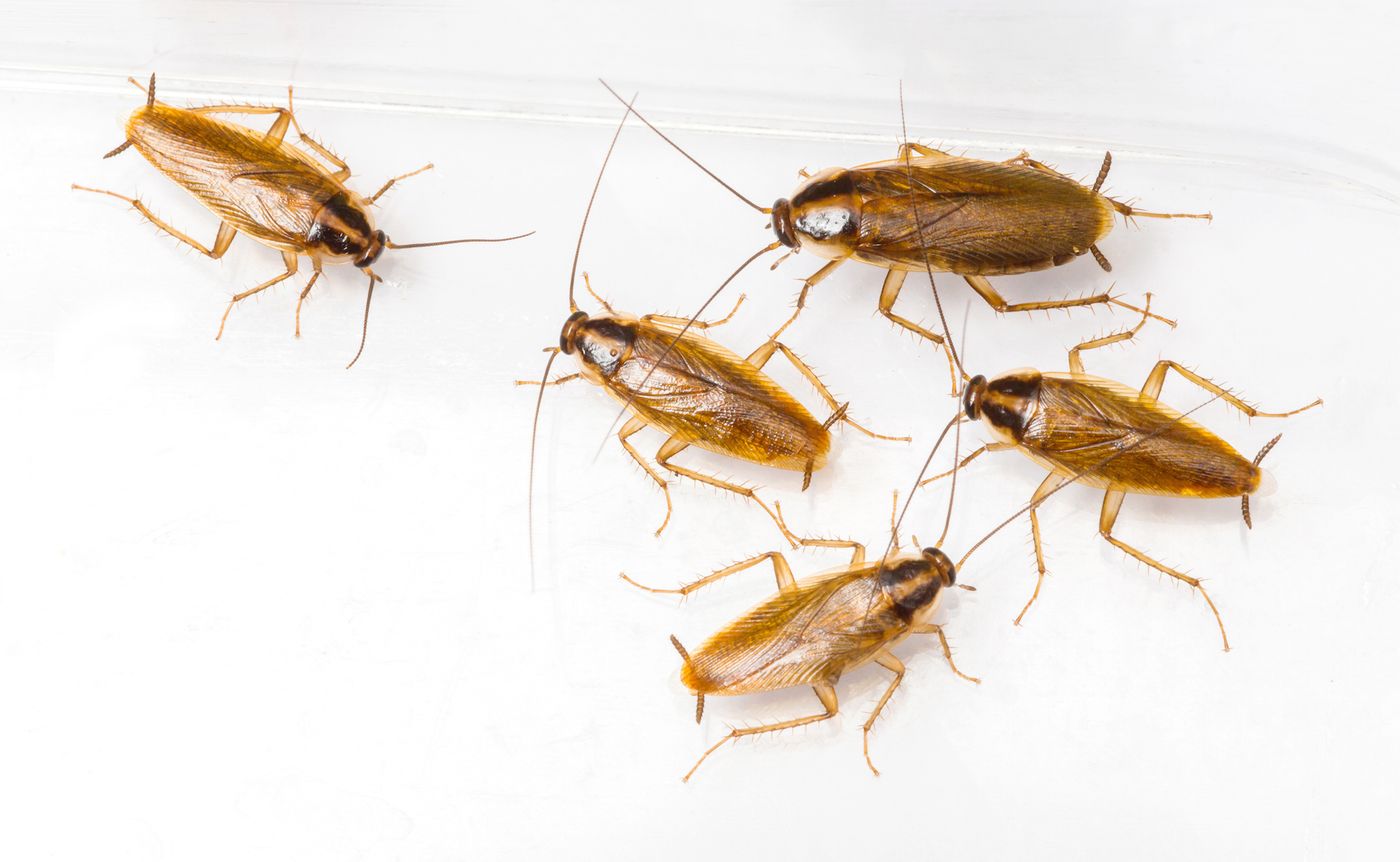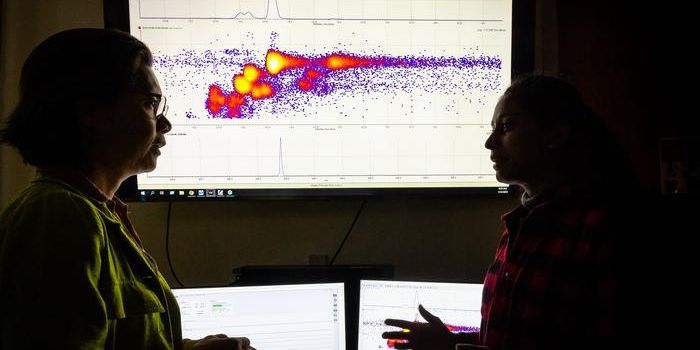Animals aren’t the only organisms with complex microbiomes. Like humans, insects house a variety of bacteria in their guts. Nitrogen-fixing bacteria live in the guts of termites, honey bees carry around lactic acid-producing bacteria, and species of
Wolbachia actually determine the sex of some insects.
Researchers at North Carolina State University knew that gut bacteria influence the production of pheromones in insects such as
Drosophila, grass grub beetles, and locusts. They also knew that German cockroaches aggregate together in response to
pheromones in feces. So, they hypothesized that gut bacteria might help cockroaches produce aggregation-inducing pheromones.
The pheromones produced by the German cockroach,
Blattella germanica, contain volatile carboxylic acids (VCAs). The researchers, led by Ayako Wada-Katsumata, identified 40 VCAs in roach feces that contained gut bacteria, whereas roaches without bacteria lacked 12 of these VCAs. This suggested that the bacteria were somehow responsible for producing the roach pheromones.
To determine if the bacteria contributed to VCA production and thus to aggregation, the group isolated and cultured aerobic fecal bacteria from the roaches. Then, they inoculated germ-free roaches with the bacteria. The roaches aggregated more effectively in response to feces containing bacteria than to control, germ-free feces. They also aggregated more effectively when germ-free roaches were inoculated with six bacterial taxa as opposed to just one.
It’s still not clear how the VCAs are produced. The bacteria may produce them, or the roaches may produce them in response to the bacteria. Either way, these results could help pest control experts design better traps and bait to treat roach infestations.
Sources:
Eurekalert,
PNAS









